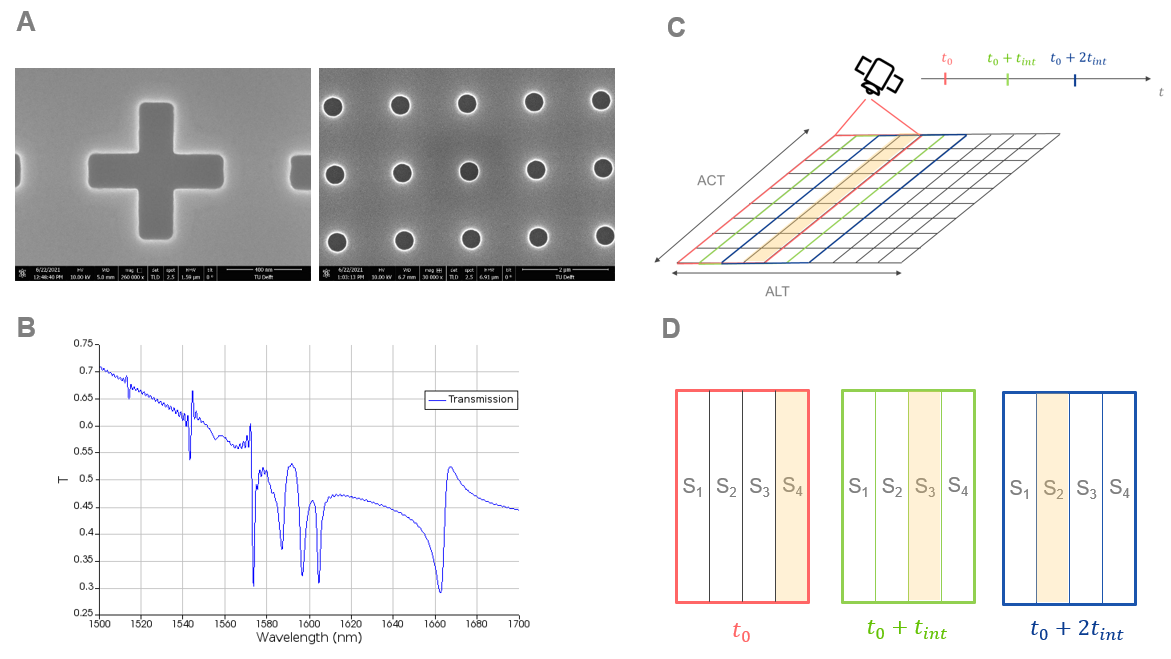The idea presented here links to the miniaturization of trace gas sensors for earth observation. In the scientific community there is a push for smaller satellites either complementary to the currently existing and planned missions or even for future satellite constellations. We propose here a system study to investigate one possible method for future instrument miniaturization. At the core of this study idea are recent advances in spectrometry using 2D photonic crystals and metasurface filters. Arrays of nanostructured filters are employed where all filters have mutually uncorrelated quasi-random spectral transmission spectra. The filter array is placed in proximity of a detector module and by computational inversion a spectrum can be obtained. A typical inversion method uses compressive sensing, which can reduce the number of required filters and data rate. The main objective of this study is to transfer this concept to the application case of the detection of trace gases from space. For a first proof-of-principle study case, methane is chosen, while the concept shall be made transferable to other gases such as for example carbon monoxide and ammonia. The study shall result in a first conceptual design of an instrument in low earth orbit in push-broom configuration with especially a demonstration of the compressive sensing and retrieval algorithm.

